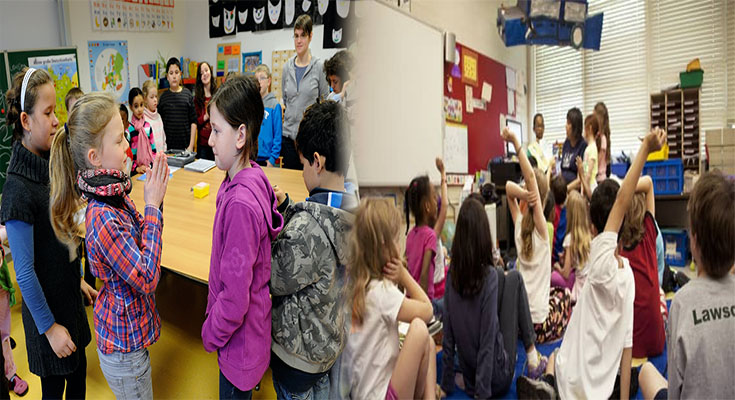
Schools Establish Inclusive Education
Inclusive education is an approach to educating students with special needs that places them into regular classrooms instead of separate, segregated special education classes. Inclusive classrooms are typically set up in a way that allows all students to learn together. This means that a student who requires more specialized instruction might be taught alongside typically developing peers for 50% or more of his or her school day.
Inclusive education is the practice of educating students with special needs alongside their typically developing peers.
Inclusive education is not a new idea. It’s not a fad, trend, or movement; it doesn’t require you to completely rethink your teaching methods or philosophy. It does not require you to become an expert in special education law or learn how to interpret IEPs (Individualized Education Plans). Inclusive education doesn’t require any big changes whatsoever–you can start implementing it today!
Inclusive education is simply about providing …
Schools Establish Inclusive Education Read More

